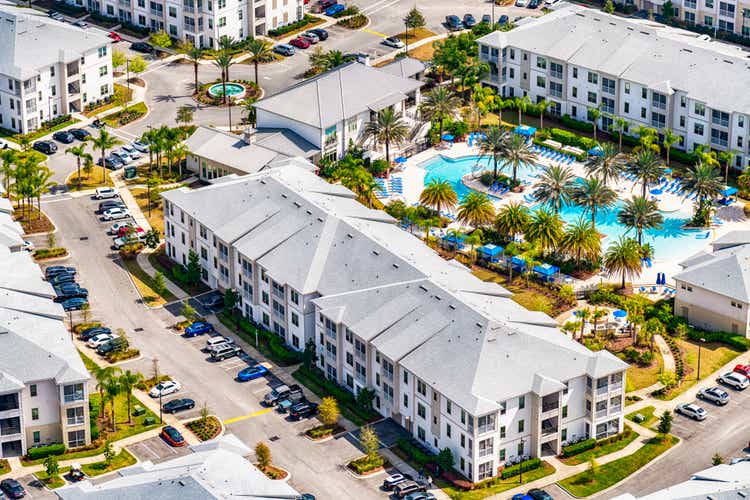This article was written by
Jussi Askola is the President of Leonberg Capital, a value-oriented investment boutique that consults hedge funds, family offices, and private equity firms on REIT investing. He has authored award-winning academic papers on REIT investing, has passed all three CFA exams, and has built relationships with many top REIT executives.
He is the leader of the investing group
High Yield Landlord, where he shares his real-money REIT portfolio and transactions in real-time. Features of the group include: three portfolios (core, retirement, international), buy/sell alerts, and a chat room with direct access to Jussi and his team of analysts to ask questions.
Learn more.
Analyst’s Disclosure:I/we have a beneficial long position in the shares of AVB; CPT; BSRTF; ACC either through stock ownership, options, or other derivatives. I wrote this article myself, and it expresses my own opinions. I am not receiving compensation for it (other than from Seeking Alpha). I have no business relationship with any company whose stock is mentioned in this article.
Relevant disclosure to presented performance: past performance is no indication of future results. Our portfolio may not be perfectly comparable to the relevant index. It is more concentrated, includes international REITs, and may at times invest in companies that are not typically included in REIT indexes. The performance of our portfolio is underrepresented because it is affected by withholding taxes on all dividends. This is not the only account that I own, but it is the first account that I created for the sole purpose of building track record and it is now over 3 years old, which is probably just enough to assess results. The performance is money-weighted.
Seeking Alpha's Disclosure: Past performance is no guarantee of future results. No recommendation or advice is being given as to whether any investment is suitable for a particular investor. Any views or opinions expressed above may not reflect those of Seeking Alpha as a whole. Seeking Alpha is not a licensed securities dealer, broker or US investment adviser or investment bank. Our analysts are third party authors that include both professional investors and individual investors who may not be licensed or certified by any institute or regulatory body.


